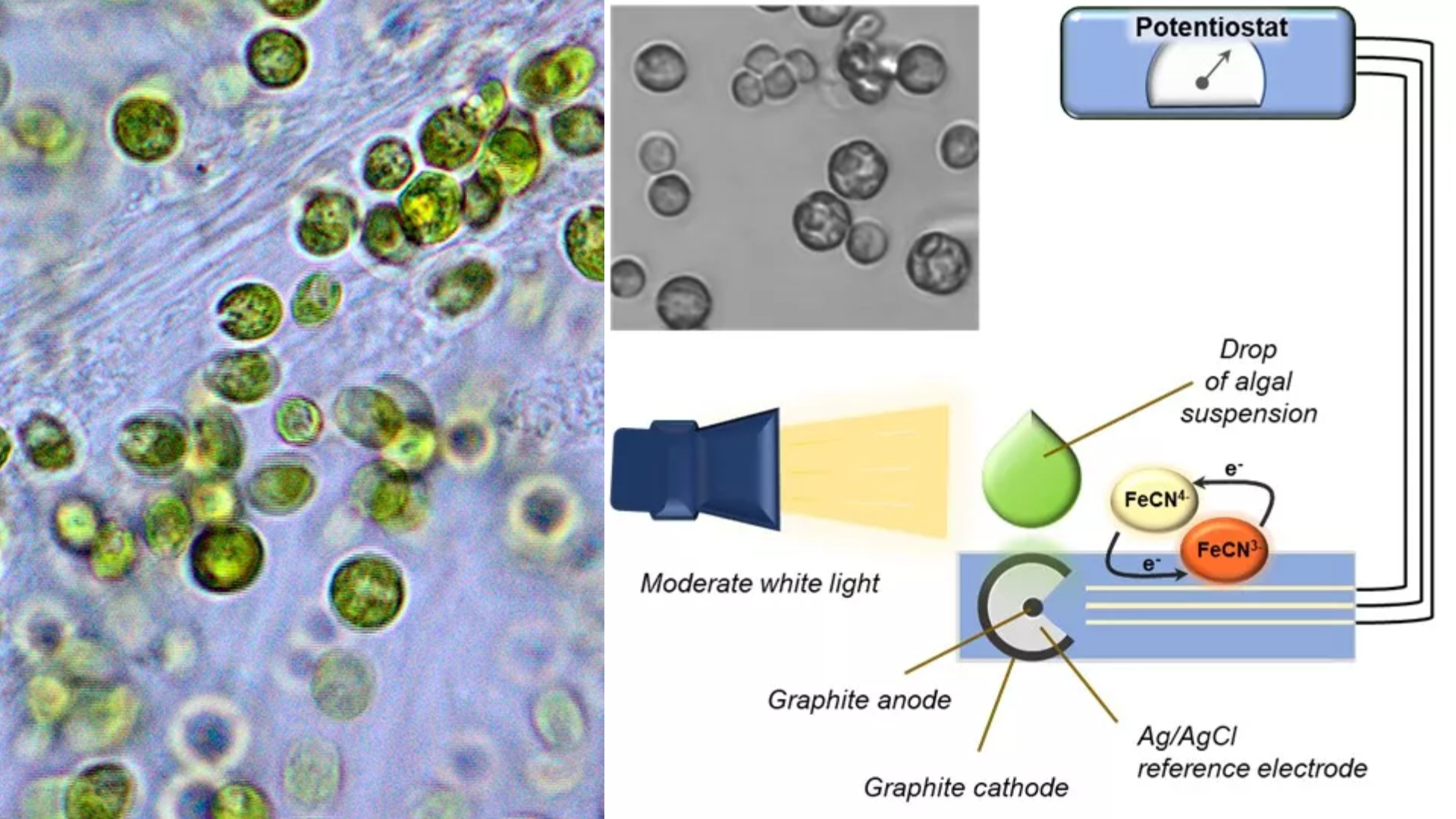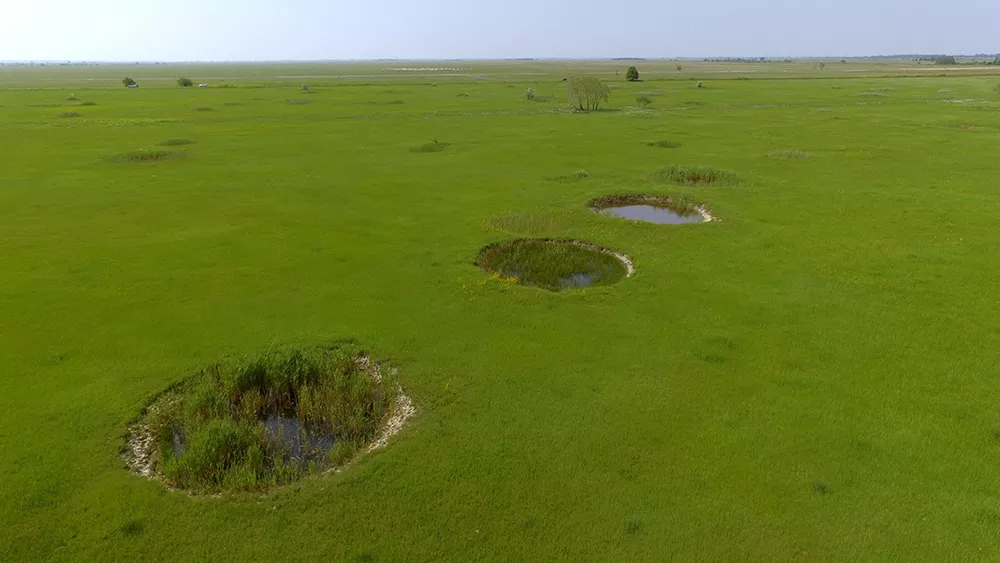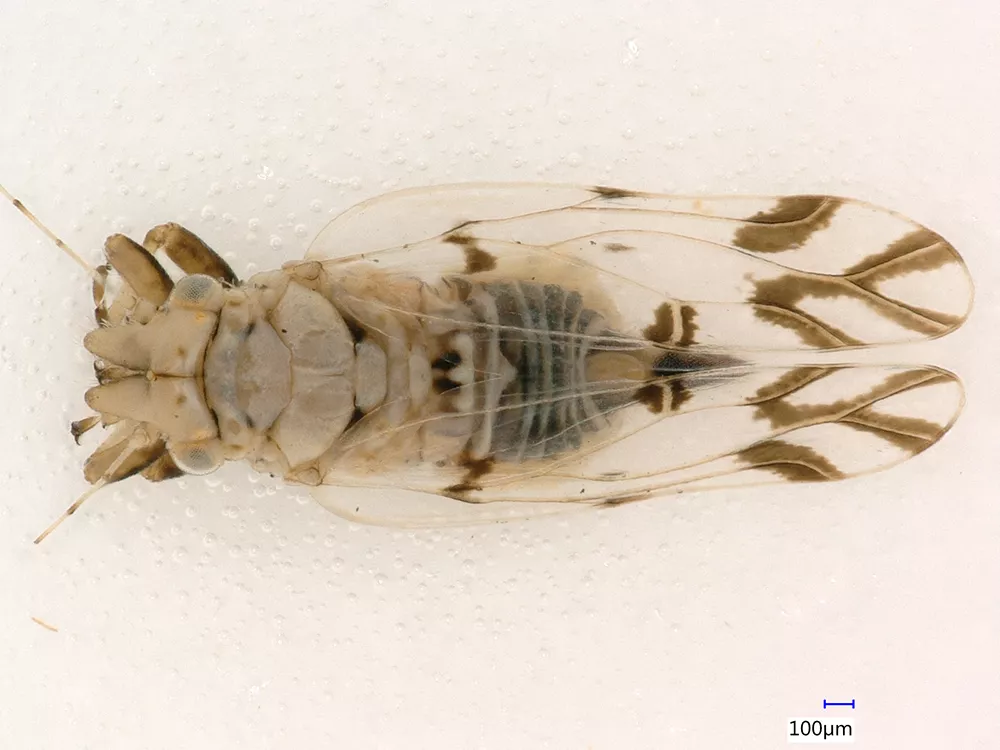Scientific Summary: HUN-REN Research in 2024 - Part 1
Special strains of green algae, a species of leaf beetle thought to have disappeared 130 years ago, and bomb craters that preserve biodiversity – the research institutes of HUN-REN have kicked off 2024 with a wealth of scientific discoveries and achievements. In our "Year in Review" series, we revisit some of the most important, fascinating, and unusual research breakthroughs and international successes from the past year. This first installment covers highlights from January to March.
January
In early 2024, the Institute of Plant Biology at the HUN-REN Biological Research Centre, Szeged published remarkable findings in addition to several groundbreaking astronomical studies. Among other discoveries, researchers identified a green algae species capable of producing approximately ten times more electricity than previously known algae species. Curious about the potential applications of these special algae? Read more in our article from earlier this year.

Additionally, a study by a HUN-REN Research Centre For Astronomy and Earth Sciences researcher earned the Institute of Physics Publishing's 2023 Most Cited Article Award – a significant recognition of their impactful work.
February
In February, a study led by a researcher from the HUN-REN Centre for Ecological Research emphasized the role of lakes formed in former bomb craters in preserving biodiversity. How do these unique ecosystems, created during World War II when airfield bombings missed their targets and hit salt marshes instead, contribute to ecological science? Find out more in this intriguing research.

March
March brought an exciting rediscovery: a species of leaf beetle not seen for more than 130 years was found by researchers at the Plant Protection Institute of the HUN-REN Centre for Agricultural Research. This species, last observed in the late 1880s, was rediscovered in Hungary after over a century.

In the same month, we reported on a study by the European Space Agency (ESA) Scientific Directorate. The study, which analyzed over 68,000 scientific papers, revealed that Hungarian space astronomers were the most successful among ESA member countries in terms of their specific contribution rates. This significant achievement highlights Hungary's leading role in space science.
Explore all of our scientific achievements, awards, and international publications from this year here.

